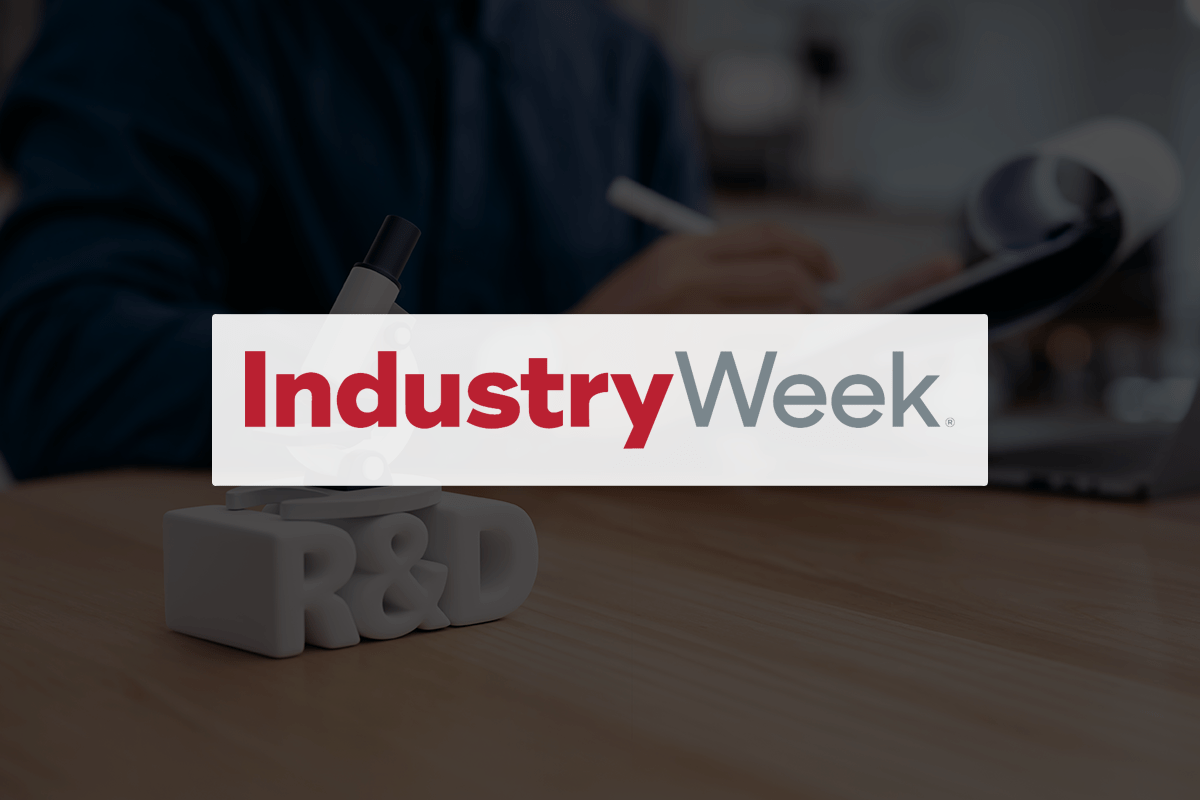If you have any questions about this article, please send us a message.
The fabricated metal industry in the U.S. is anticipating substantial growth in terms of revenue, employment, and exports in the next four years.
The structural steel fabrication market alone is expecting to reach more than $184 billion by 2026, with manufacturing being one of the primary sectors of the market. While these numbers certainly offer hope for those in the business of metal manufacturing, it also means that competition will likely see an increase, forcing companies to innovate like never before.
Luckily, this need to innovate won’t come without any payoff. The R&D Tax Credit, which was enacted in the early 1980s in order to stimulate economic growth and drive domestic business, offers American businesses the chance to claim credits for expenses related to qualifying research activities.
Congress has only strengthened the credit over the years, with the PATH Act of 2015 making the credit permanent, and allowing for small businesses to use $250,000 in credits per year against their payroll tax liability.
Credit Strength in Numbers
The incentive has helped companies in the U.S. claim roughly $10 billion a year in credit that can be put right back into their business. Of that $10 billion, the IRS has reported that manufacturers have made up the largest amount of credit claims at approximately 60 percent.
While tax code provisions are intimidating enough to send any businessperson running for the hills, but it’s key for those working in any field of manufacturing to realize that the R&D tax credit isn’t just about basic research, but also about applied research.
The incentive rewards manufacturers who bring a new or improved product to market, as well as those who are improving the manufacturing process itself. Companies that have improved any product or process that they use on a daily basis would more than likely be a good candidate for the R&D credit.
The everyday technical problem-solving that manufacturers perform to improve an existing product, the steps taken on the factory floor to solve a production issue to make that product, or even the trial-and-error performed to ensure the product meets a client’s specifications are all generally what sets these businesses up for success when attempting to claim the credit.
What Is Needed to Qualify
Manufacturers, in general, have successfully claimed more than $1.5 billion in credits, and here are some examples of qualifying activities that have led companies to large returns:
- Integrating new materials to improve product performance and manufacturing processes
- Achieving compliance with changing emissions laws and regulations
- Prototyping and three-dimensional solid modeling
- Streamlining manufacturing processes through automation
Manufacturers need to simply create or improve a product or processes in order to set themselves up for a return. When it comes to actually calculating the credit, the end result will ultimately be impacted by the supplies consumed or used during R&D based activities and the wages of the workers performing those specific projects.
The key for manufacturing companies attempting to claim credits is making sure to take into account all of the activities completed during the lifecycle of the project. This includes activities involved the ideation, design, testing and production phases.
Real Companies Experiencing Real Results
One example of a company claiming the credit came when a small secondary automotive manufacturer reported expenses dealing with developing and prototyping its manufacturing process for certain automotive parts. The company was successful with its claim, and was granted more than $1 million in federal and state tax credits for four tax years.
In other examples, a steel ring manufacturer received $406,000 in federal credits for design improvements in its products, a manufacturer of high-tech armor defense was granted $787,000 in federal credits and a multi-tools manufacturer was able to claim a whopping $87 million in federal credits.
Manufacturers of all shapes and sizes are turning to government incentives and using them as tax savings tools in order to put money back into their company to both create and maintain a competitive edge.
With numbers like these, and the recent legislative changes that have solidified the strength of the incentive, any manufacturer already claiming the incentive should heavily re-evaluate whether they are claiming the optimal amount they are entitled to.
For those who are not already claiming? Doing so might be the most profitable move they make.
About alliantgroup

Since joining alliantgroup in 2010, Greg Knarr has partnered with the nation’s leading CPA firms to help maximize the tax claims of hundreds of companies. He specializes in helping businesses in Midwest in industries such as manufacturing, tooling and machining. Greg is a frequent featured speaker and author on topics related to the availability and utilization of the R&D Tax Credit. He graduated from the Kelley School of Business at Indiana University.


